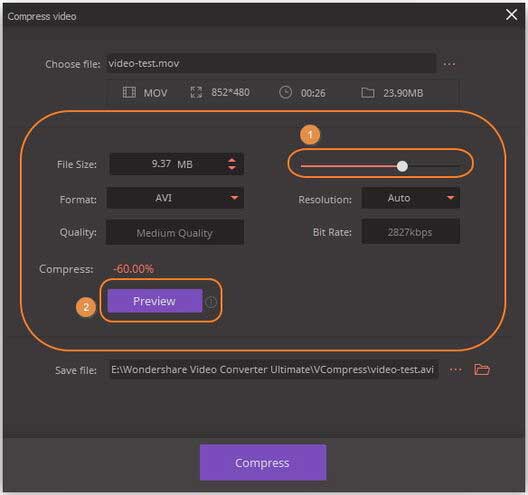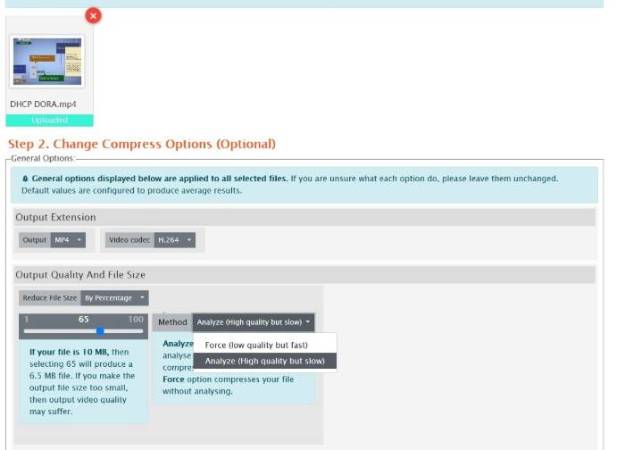

There are a variety of tools available to compress (or encode) your video files. See embedding with a shortcode at to learn about all the video optimization options. WordPress has built-in shortcodes to make it easy to add videos to any post or page. Video sharing sites like YouTube and Vimeo make it easy to distribute your videos. You can also host your videos on video sharing sites to save space on your server. If high fidelity vocals, or music isn’t a priority, you can reduce the file size quite a bit by lowering the audio bitrate. Different codecs handle the audio compression. Lower the Audio BitrateĪudio tracks are appended to video files. Other common codecs are AVI, WMA, XviD, Real Audio, and Apple Video. The most popular lossless codec is H.264, which preserves HD quality. Many videos on YouTube work well with a resolution of 360p, although there is support for HD. YouTube offers on the spot video compression, giving you the choice to adjust the resolution from the video player.

The lower the resolution, the smaller your file. Try to keep your videos as brief as possible and cut out any unnecessary parts during the editing process. Many how-to sites like to break tutorials into Part 1, Part 2, etc. If you have a long video, you may want to cut it into segments to reduce loading time. The way you do this will vary based on the circumstances. The majority of post-production methods to reduce video size will take place during encoding. The ratio of size to quality is largely determined by compression, which is determined by format specifications. The following methods will help you reduce video size without rendering your videos unwatchable. The charts below show common bitrates for Standard Dynamic Range (SDR), High Dynamic Range (HDR), and audio bitrates. Expressed in kilobytes per second Kbps, a lower bitrate means a lower file size. Higher quality files have a higher bitrate. BitrateĪlso known as “data rate,” the bitrate controls the file size. It’s expressed in frames per second (FPS). The frequency at which separate images (frames) are displayed. Below are some common display resolutions for digital devices. So a resolution of 1366×768 means that there are 768 horizontal lines, each 1366 pixels wide. The smaller the resolution, the smaller your file size. The resolution describes the number of horizontal lines your video file has in each frame.

There are thousands of different codecs in circulation, many of which are patent protected. The codecs used to compress the video file will determine the ratio of quality to file size. Codecs use different compression algorithms to encode files.
How to compress a video for web software#
A codec is a software tool used to compress or decompress a video. CodecĬodec stands for compression/decompression. When you are preparing video for the web, you will most likely be transcoding the file. For example, you start with an H.264 file and convert it to MPEG4. This typically involves lossy compression. This is the process of changing one form of digital encoding to another. You can also add filters, subtitles, chapters, and other meta information to the file through encoding. All the compression happens during encoding. Video encoding is the process of formatting the file for output. A large amount of information is lost to reduce video file size.


 0 kommentar(er)
0 kommentar(er)
